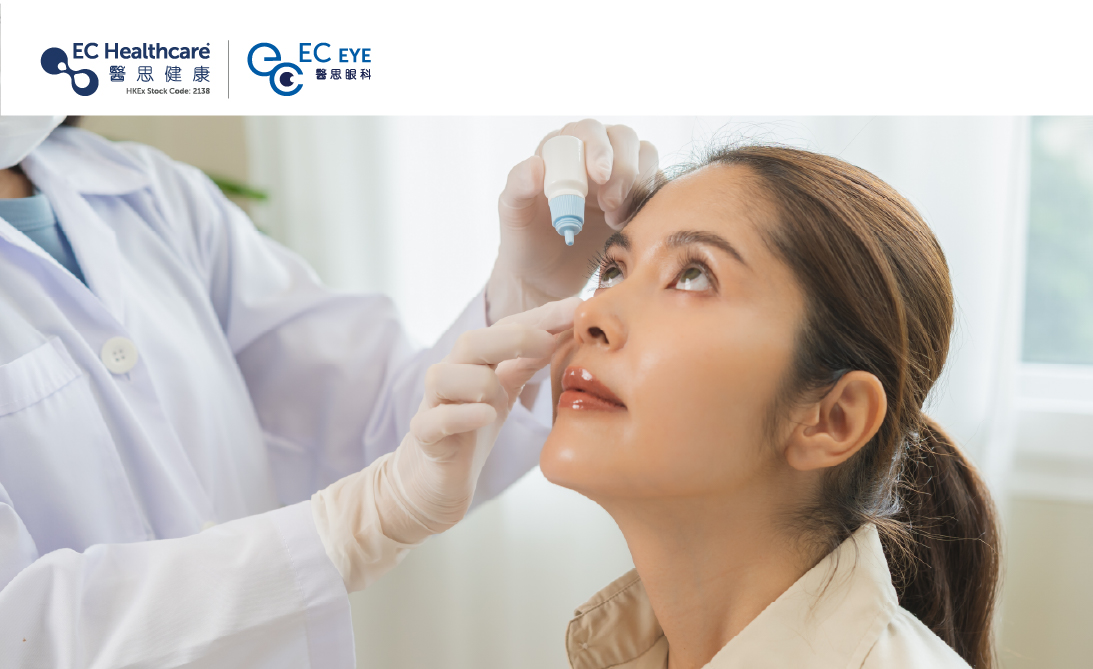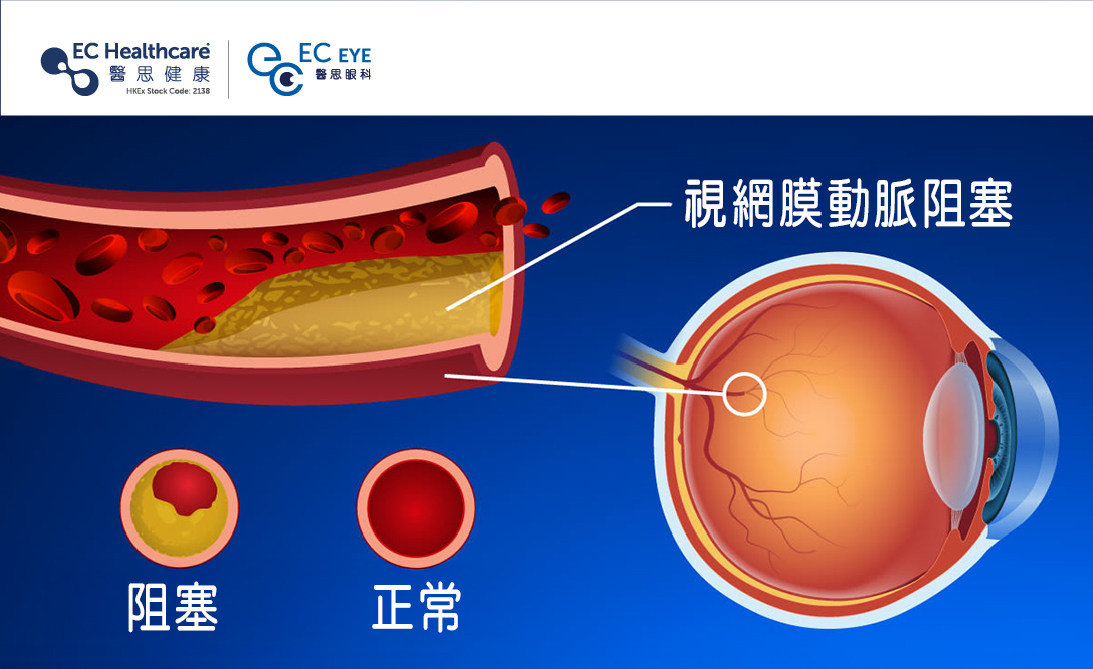Diabetic Eye Danger: How High Blood Sugar Can Blindside You with Cataracts and Glaucoma!
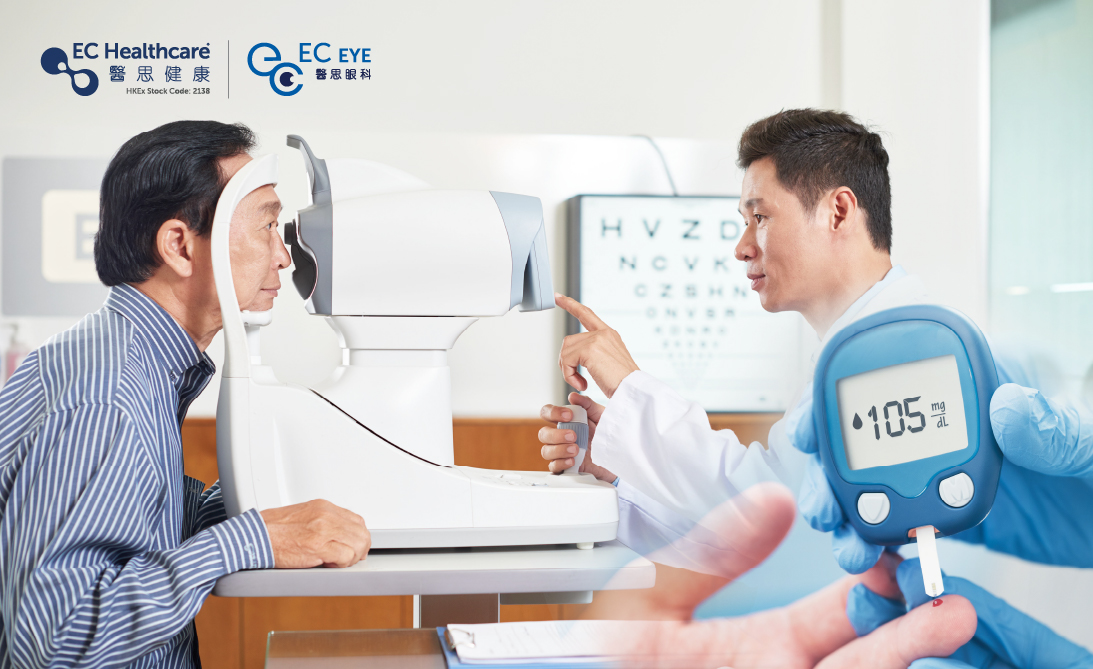

About 10-15% of adults in Hong Kong have diabetes, and the trend is towards a younger age. Diabetes affects many organs in the body as high blood sugar thickens the walls of tiny blood vessels, thickens the blood and causes blockages, resulting in microvascular disease. The retina of the eye is full of tiny blood vessels, so high blood sugar can also cause chronic damage to the eyes. In addition to causing diabetic retinopathy, it can also increase the risk of cataracts and glaucoma.
Diabetic Retinopathy
In the early stages of diabetes, there are no obvious symptoms and the vision is normal. If the disease is not controlled early, the tiny blood vessels in the retina will gradually swell and develop microscopic hemangiomas, leaking serum and lipids, and some of them may become occluded and cause hypoxia. In advanced stages, new blood vessels may develop in the eye, which are fragile and can easily burst and cause blood clots to leak into the vitreous humour of the eye. The patient's visual field is then flooded with mosquito-like migratory bodies, followed by a loss of vision and, in severe cases, sudden total blindness.
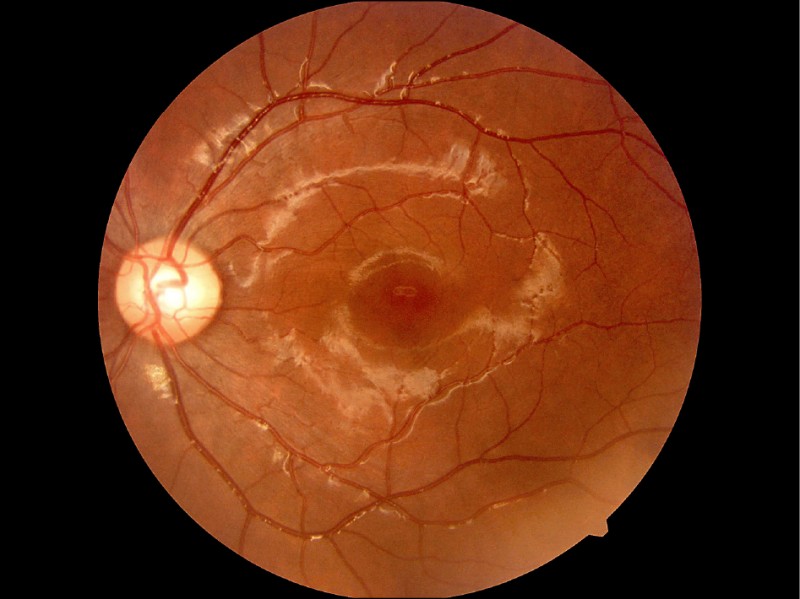
Diabetes increases the risk of cataracts
Cataracts are the gradual clouding of the lens in the eye that affects vision. If you have diabetes, your risk of developing cataracts skyrockets. In diabetic patients, high blood sugar levels produce free radicals that accumulate in the lens, causing swelling and cloudiness.
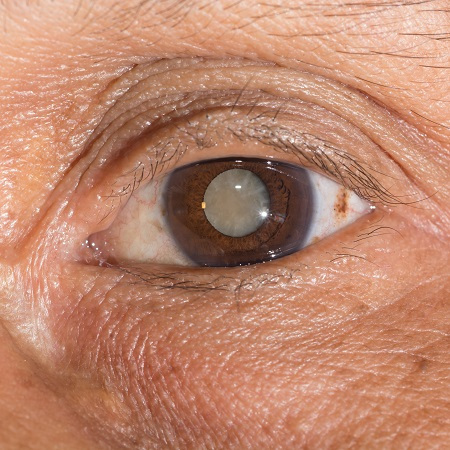
Diabetes increases the risk of glaucoma
Glaucoma is a condition in which the retina and fibres in the posterior chamber of the eye are gradually damaged due to excessive pressure in the eye, and the optic nerve is still unable to withstand the pressure and is damaged, resulting in loss of vision. Diabetic retinopathy increases the risk of glaucoma. High blood sugar can damage the blood vessels in the retina, affecting the circulation of fluid in the eye and causing a build-up of pressure. The retina also produces new abnormal blood vessels. When new abnormal blood vessels grow in the iris, they can block the drainage channels of the eye and cause excessive pressure in the eye, leading to glaucoma.
Prevention and inspection
In view of this, when a patient is confirmed to have diabetes, he/she should follow the advice of his/her doctor and dietician to change his/her lifestyle and diet. It is also important to take your medication or injections regularly to control your blood sugar. Patients should have a detailed fundus examination by an ophthalmologist every six months to a year and laser treatment as needed to protect their vision. More frequent examinations may be required if there is any change in the condition.
Related Brands

